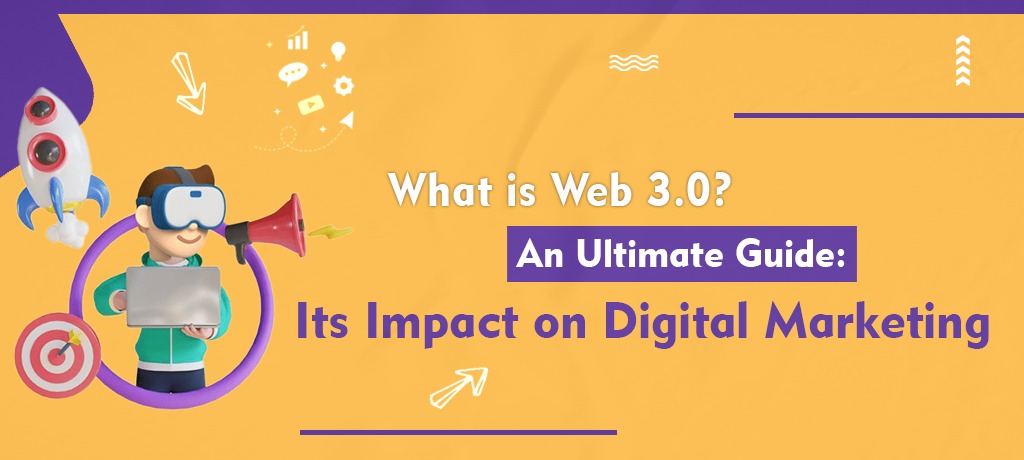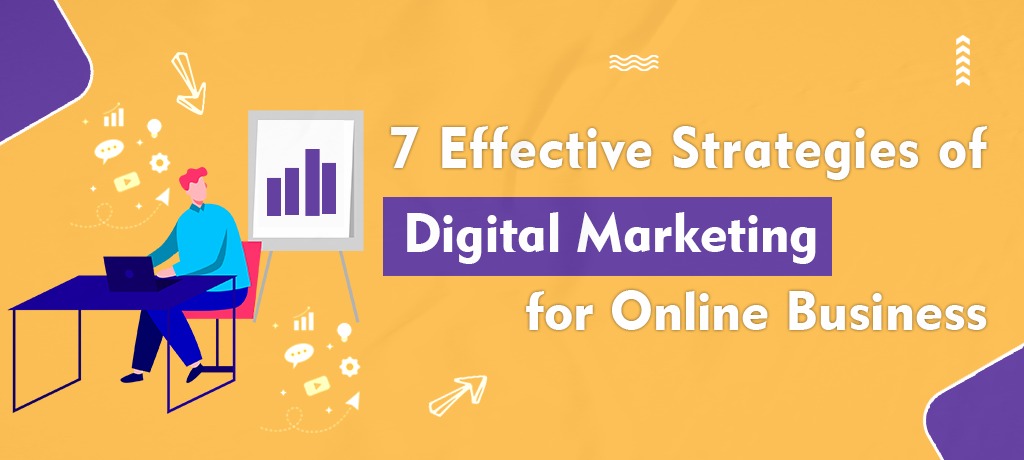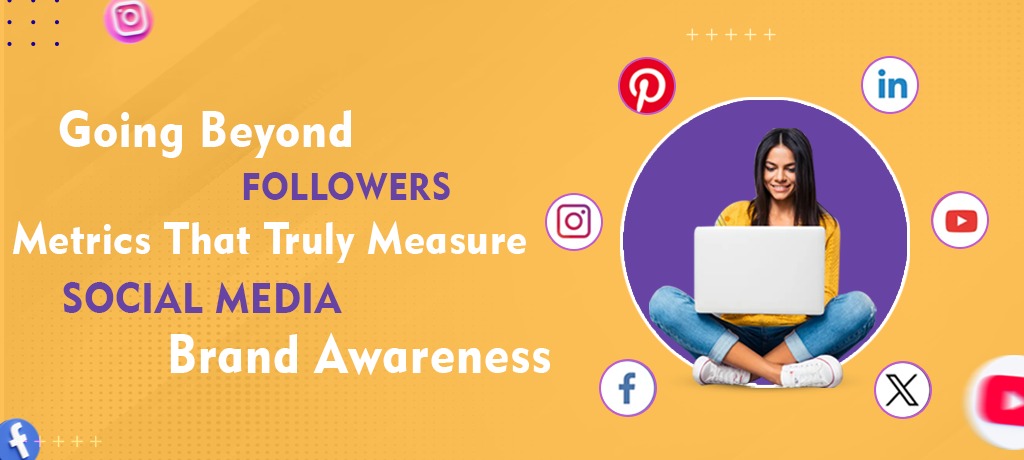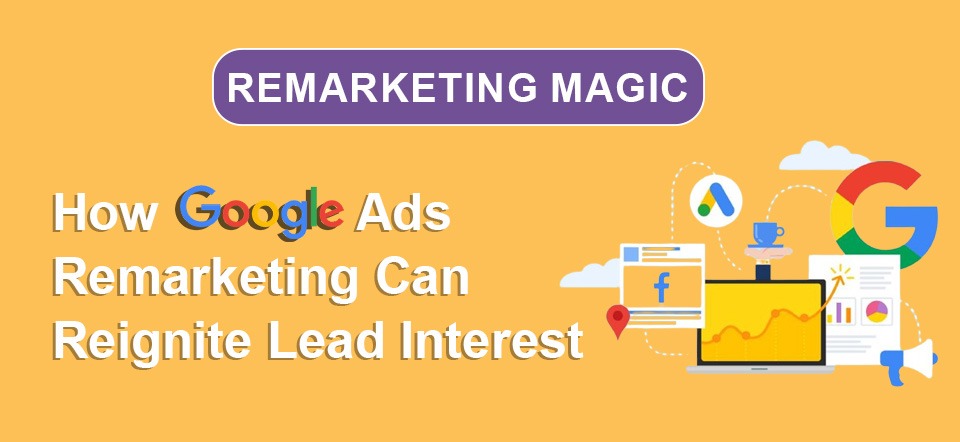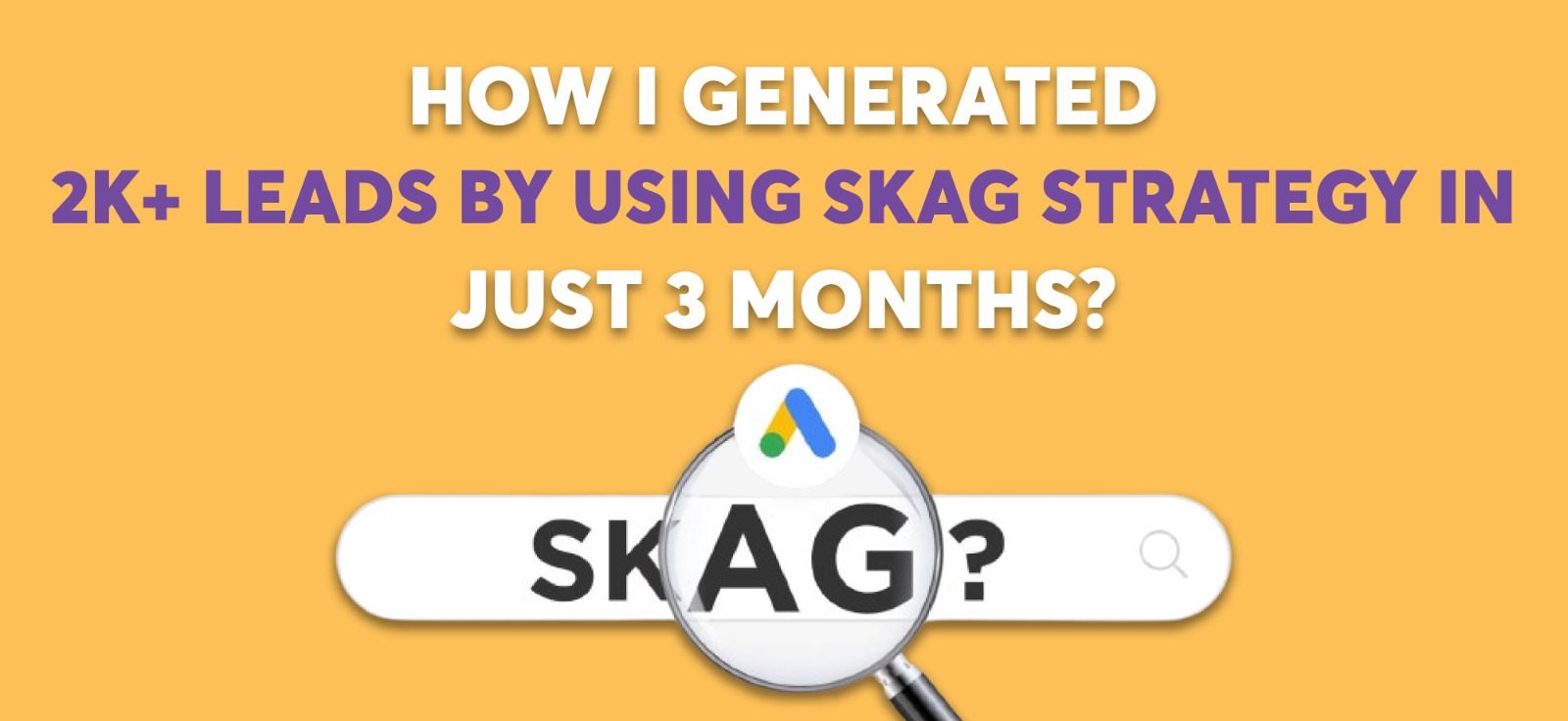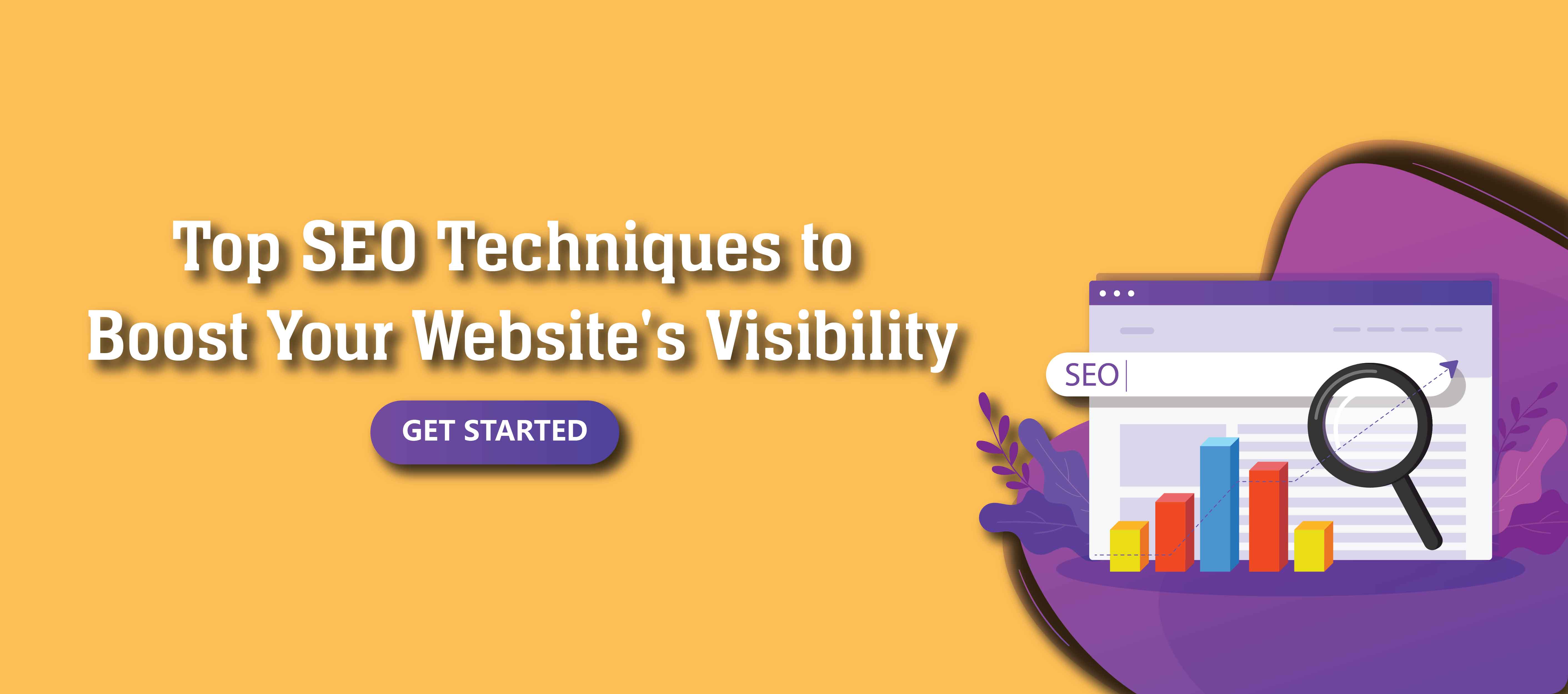Google Ads vs. Programmatic Advertising: Which is effective?
Publish Date Apr 12, 2023
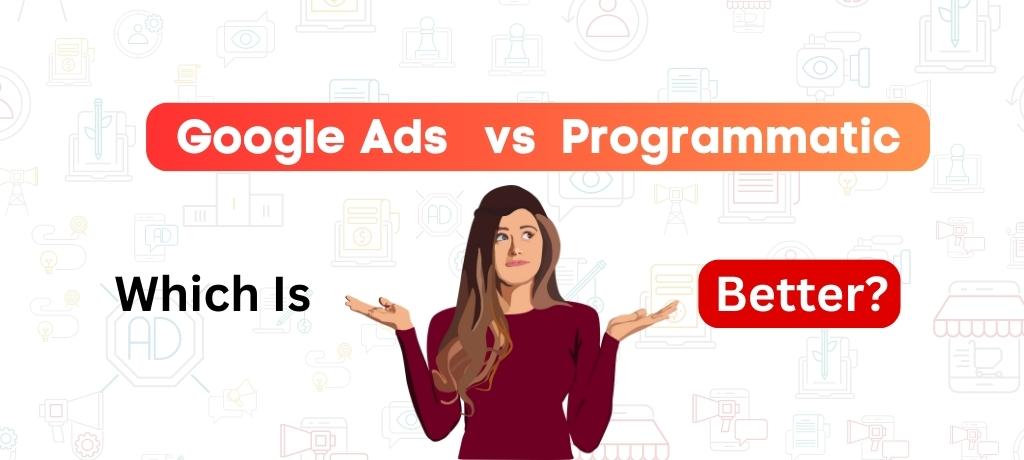
In the digital age, businesses have many options for online advertising. Two of the most popular options are Google Ads and Programmatic Advertising. But which is better?
Google Ads is a well-established advertising tool that lets businesses display ads on Google's search engine results pages and partner websites.
On the other hand, programmatic advertising uses data and algorithms to automate the buying and placement of digital ads in real time.
Both methods have positives and negatives, so deciding which can be tricky!
In this article, we'll explore the positives and negatives of each method to help you choose the best option for your business.
What is Google Ads?
Google Ads is an online advertising platform developed by Google that allows businesses to create and display ads to users who are searching for specific products, services, or information online. These ads appear at the top and bottom of search engine results pages and on other websites participating in the Google AdSense program.
Google Ads operates on a pay-per-click (PPC) model, meaning advertisers only pay when someone clicks on their ad. Advertisers can choose their target audience based on location, interests, and search keywords and set a budget and bidding strategy for their ads.
The platform also provides various tools and analytics to help advertisers optimize their campaigns and track their performance, such as conversion tracking, keyword research, and ad testing. This makes it a powerful tool for businesses looking to increase online visibility and attract customers.
● Positives Of Google Ads:
- Increased visibility: Google Ads allows businesses to place their ads at the top of search engine results pages, giving them greater visibility to potential customers actively searching for their products or services.
- Targeted advertising: With Google Ads, businesses can target their ads to specific audiences based on location, demographics, interests, and search keywords. This helps ensure that the ads are seen by people most likely to be interested in the products or services offered.
- Cost-effective: Google Ads operates on a pay-per-click (PPC) model, meaning businesses only pay when someone clicks on their ad. This makes it a cost-effective way to reach potential customers, as businesses can set a budget and only pay for clicks that result in website visits or conversions.
- Measurable results: Google Ads provides businesses with a range of tools and analytics to track the performance of their campaigns, including conversion tracking, keyword research, and ad testing. This allows businesses to measure the effectiveness of their ads and make data-driven decisions to optimize their campaigns.
- Flexibility: Google Ads offers businesses great flexibility regarding ad formats, bidding strategies, and targeting options. This allows businesses to tailor their campaigns to their specific needs and goals.
● Negatives Of Google Ads:
- Cost: While Google Ads can be cost-effective, the cost-per-click (CPC) can vary greatly depending on the industry and competition. This means that some businesses may pay more for clicks than anticipated, mainly if they target highly competitive keywords.
- Click fraud: Click fraud is a potential issue with PPC advertising, including Google Ads. This occurs when individuals or bots repeatedly click on ads without intending to make a purchase, intending to deplete an advertiser's budget. While Google has measures in place to detect and prevent click fraud, it can still impact the effectiveness of campaigns.
- Complexity: Google Ads can be complex and time-consuming to set up and manage, particularly for businesses with limited experience in online advertising. Without proper knowledge and expertise, businesses may be unable to effectively target their audience or optimize their campaigns.
- Ad blindness: Ad blindness is a phenomenon where people become accustomed to seeing ads and start to ignore them, mainly if they repeatedly appear in the same place. This means that even if businesses pay for clicks, they may not necessarily result in conversions or sales.
- Limited reach: While Google is the most popular search engine, it is not the only one. Businesses relying solely on Google Ads may miss out on potential customers who use other search engines or platforms.
What is Programmatic Advertising? Programmatic advertising is an automated method of buying and selling digital advertising inventory, such as display ads, video ads, and mobile ads, using data-driven algorithms and real-time bidding (RTB). In programmatic advertising, advertisers use software platforms to purchase ad space in real-time auctions, allowing them to target specific audiences more effectively and efficiently than traditional advertising methods. Programmatic advertising uses data from various sources, such as user behavior, demographics, location, and interests, to create a detailed target audience profile. Advertisers can then use this information to place ads that are most likely relevant and engaging to the target audience, resulting in higher conversion rates and better return on investment (ROI).
● Positives Of Programmatic Advertising:
- Precise targeting: Programmatic advertising allows advertisers to target specific audiences based on demographics, interests, behavior, and location, resulting in higher engagement and conversion rates
- Real-time bidding: Real-time bidding (RTB) allows advertisers to bid on ad inventory in real time, adjusting their bids based on performance data, reducing costs, and increasing efficiency.
- Data-driven decision-making: Programmatic advertising uses data analytics to inform ad placement, creative messaging, and optimization strategies, leading to more effective campaigns.
- Automated optimization: Programmatic advertising can be automated and optimized, allowing advertisers time to focus on other aspects of their marketing strategy.
- Increased transparency: Programmatic advertising provides detailed performance data and analytics, allowing advertisers to track and measure the success of their campaigns and make data-driven decisions for future campaigns
- Brand safety: Programmatic advertising platforms have advanced tools for brand safety, ensuring that ads are placed in safe and appropriate environments.
● NEGATIVES OF PROGRAMMATIC ADVERTISING:
- Ad fraud: Programmatic advertising can be susceptible to ad fraud, including bot traffic and fake impressions. Advertisers may end up paying for impressions or clicks that are not genuine, resulting in wasted ad spend.
- Lack of transparency: While programmatic advertising provides detailed performance data and analytics, the process can also lack transparency, with some advertisers not fully understanding how their ad campaigns are being executed.
- Complexity: Programmatic advertising can be complex and challenging to set up and manage, particularly for smaller businesses or those with limited experience in online advertising.
- Ad blocking: Ad blocking software can prevent programmatic ads from being displayed, reducing the effectiveness of ad campaigns.
- Privacy concerns: Programmatic advertising relies on collecting and using data about user behavior and interests, leading to potential privacy concerns and compliance issues with data protection regulations.
- Limited reach: While programmatic advertising can effectively target specific audiences, it may not reach users who are not part of the target audience, limiting the overall reach of ad campaigns.
While programmatic advertising can be a powerful tool for advertisers, it is essential to carefully consider the potential drawbacks and weigh them against the benefits before deciding whether to use them as part of a marketing strategy. Are you looking to boost your website traffic and increase conversions? Let TG Connect Media's PPC services do the heavy lifting for you! With our proven strategies and expert team, we can help you drive targeted traffic to your website and see a significant return on investment. Don't wait any longer to start seeing results - Contact us today to learn more about our PPC services!
Popular Posts

Why Is Digital Marketing Important In Today's Time?
Oct 26, 2023
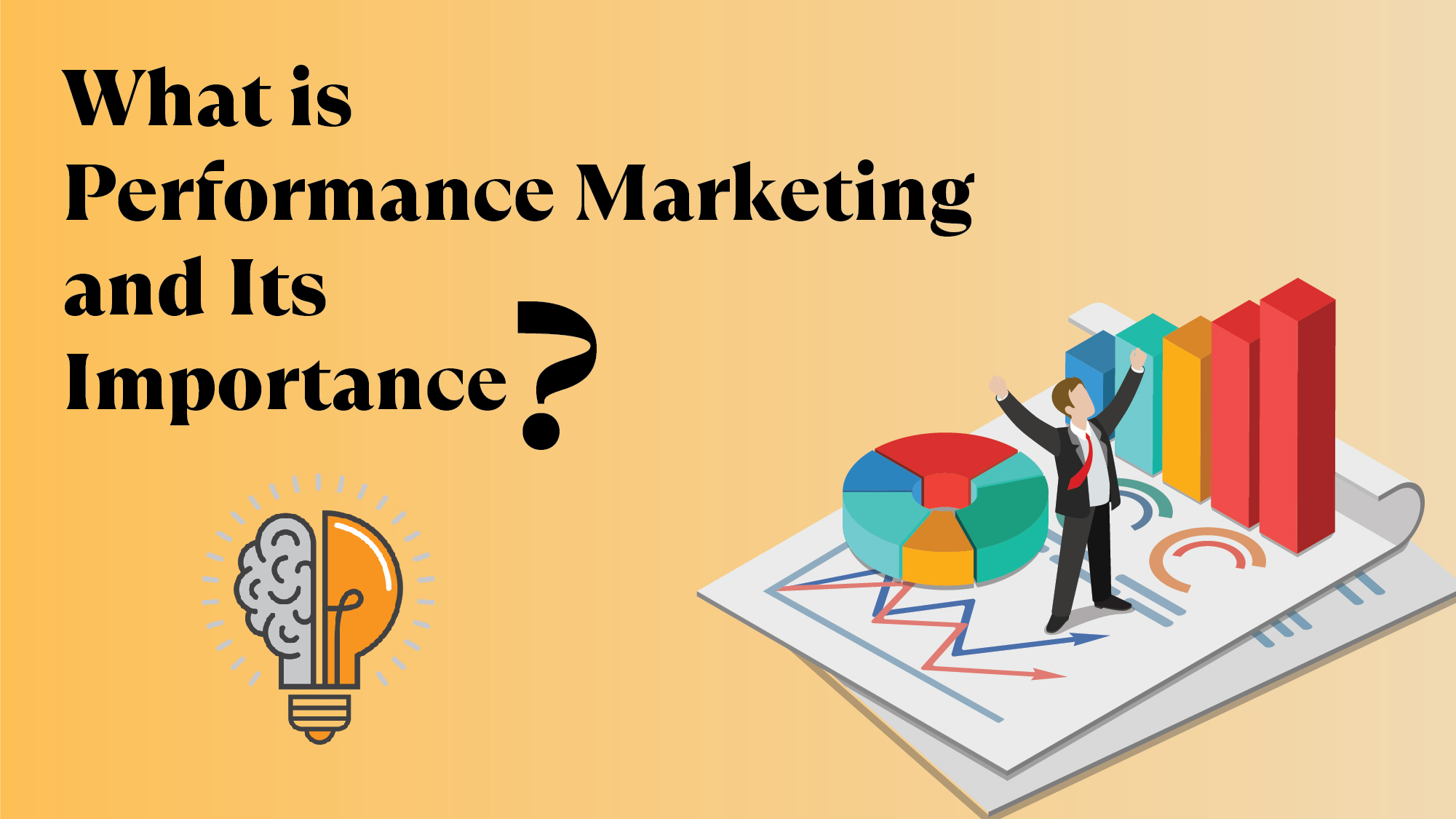
What is Performance Marketing and Its Importance?
Sep 12, 2023
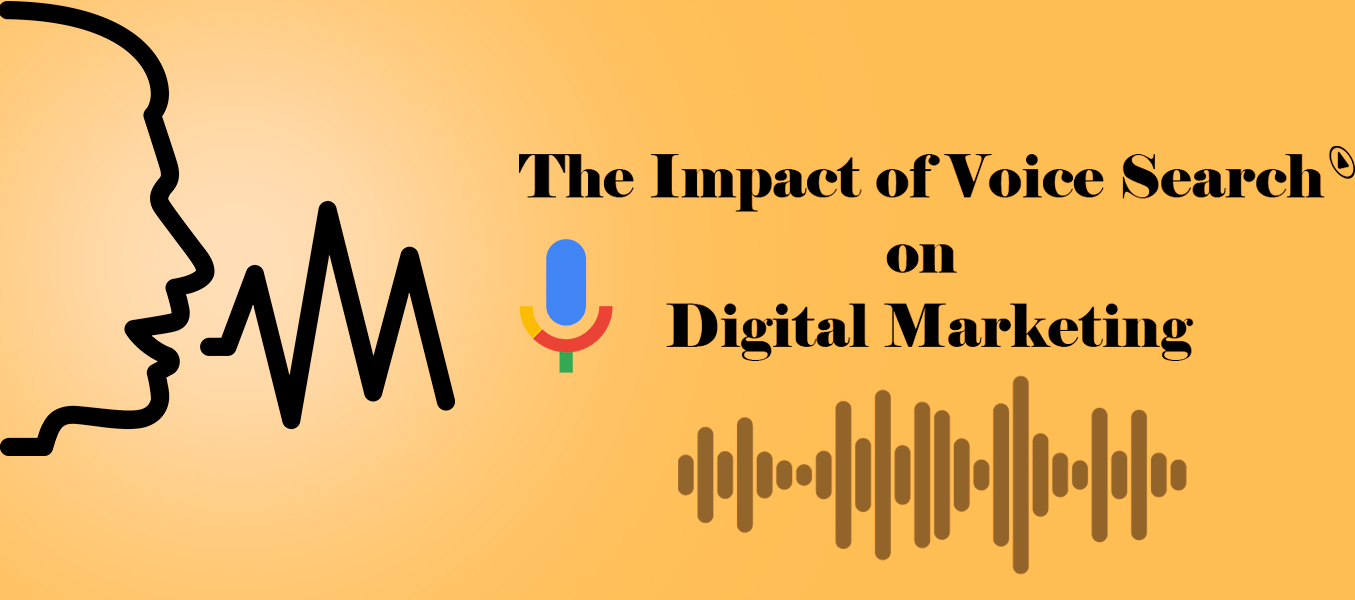
The Impact of Voice Search on Digital Marketing
Jul 28, 2023
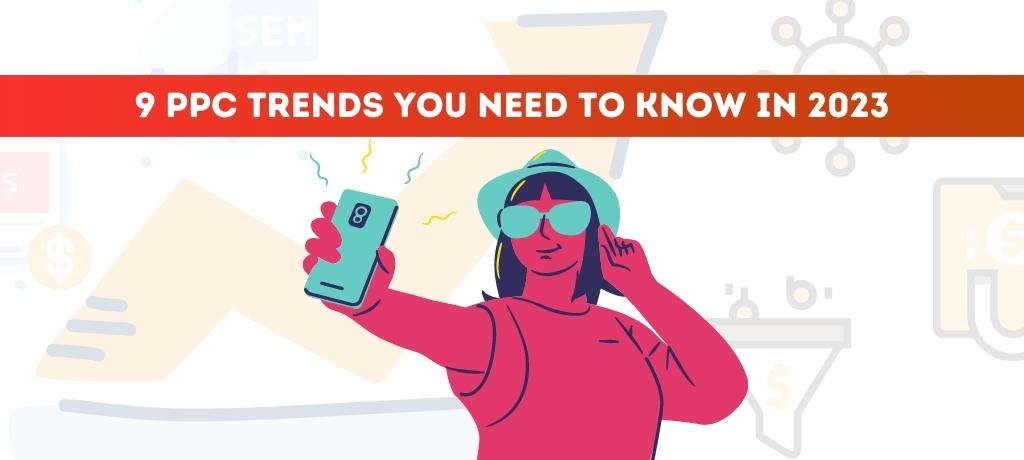
9 PPC Trends You Need to Know in 2023
Apr 12, 2023
